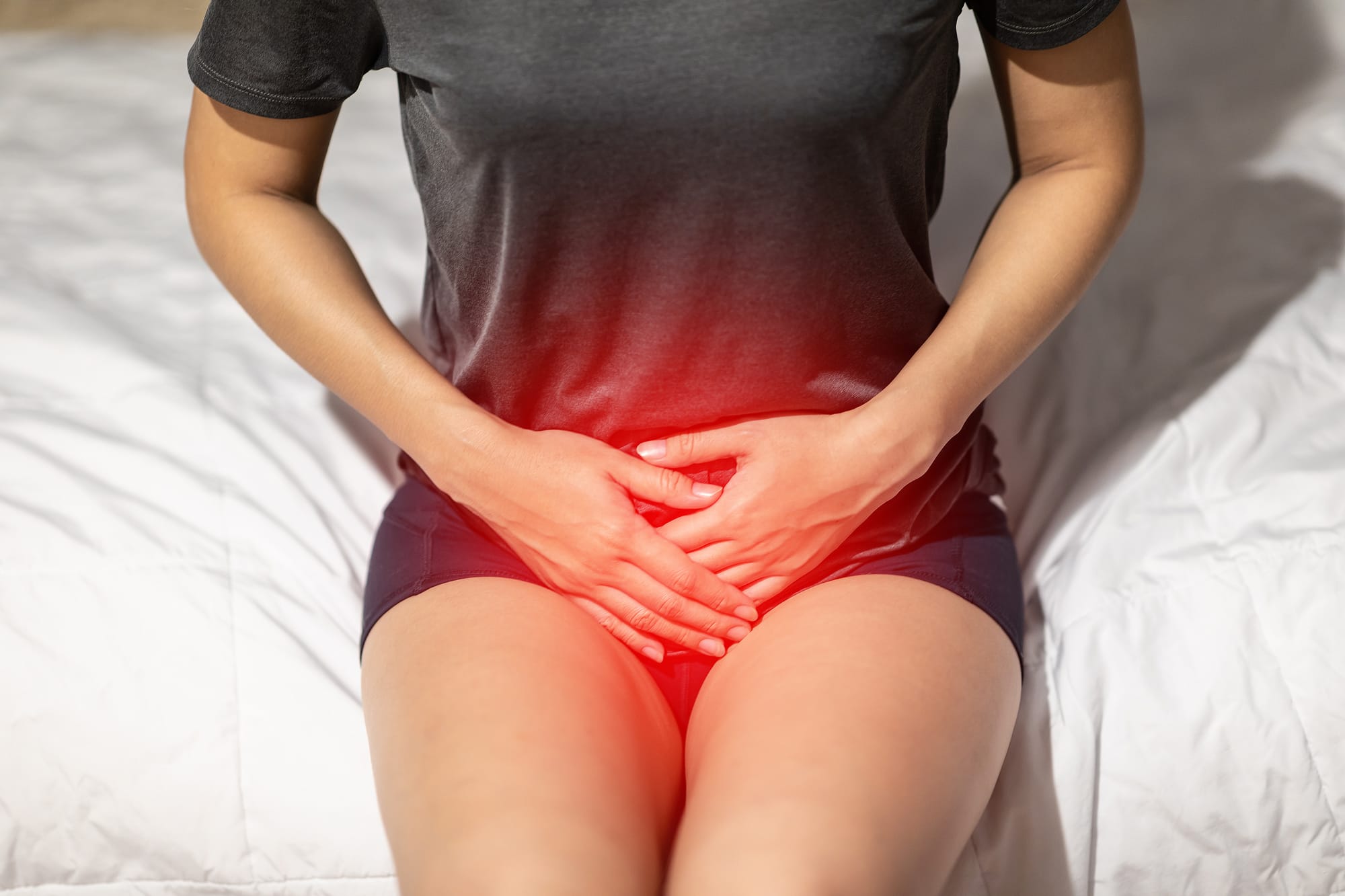Understanding Dysmenorrhoea: When Period Pain Becomes More Than “Normal”

Menstrual pain, or dysmenorrhoea, is one of the most common gynaecological complaints among women and girls. While many dismiss it as “just part of having periods,” for some, the pain can be debilitating, interfering with school, work, relationships, and quality of life. Understanding dysmenorrhoea across the life cycle – from adolescence to midlife and beyond – is key to breaking the silence and ensuring women receive the right care.
What Is Dysmenorrhoea?
Dysmenorrhoea refers to painful menstrual periods caused by uterine contractions and hormonal changes. There are two main types:
- Primary dysmenorrhoea: Pain not linked to an underlying condition, common in teenagers and young women soon after periods begin.
- Secondary dysmenorrhoea: Pain caused by a gynaecological condition such as endometriosis, adenomyosis, or fibroids, often worsening with age.
Dysmenorrhoea Across the Life Cycle
Adolescence
For teenagers, severe menstrual pain can lead to:
- Missed school days, affecting education and social life
- Misdiagnosis as “normal period cramps”
- Early signs of endometriosis, which may go unrecognised for years
Early Adulthood
Young women may experience:
- Difficulty managing pain at university or work
- Impact on productivity and career progression
- Emotional strain, particularly if pain is linked with infertility concerns later on
Reproductive Years
In women in their 20s and 30s, secondary causes such as fibroids, adenomyosis, and endometriosis may emerge. Chronic pain can affect:
- Fertility planning
- Sexual health and relationships
- Daily function, with some women needing time off work each month
Later Life
Though menstrual pain often improves after menopause, women with a history of severe dysmenorrhoea may carry the long-term effects of delayed diagnosis:
- Unnecessary hysterectomies in the past
- Impacts on mental health from years of unmanaged pain
- Reduced trust in healthcare systems
The Hidden Impact on Women’s Lives
- Education: Young girls with severe pain may underperform at school, leading to lost opportunities.
- Employment: Monthly absenteeism can stall career growth.
- Mental health: Chronic pain often results in anxiety, depression, and feelings of isolation.
- Social & personal relationships: Pain can limit participation in daily life, family roles, and intimacy.
Treatment Options
Treatment should be individualised, depending on age, cause, and severity:
- Lifestyle & self-care: Heat therapy, exercise, stress reduction techniques.
- Medication: NSAIDs (such as ibuprofen), hormonal contraception (the pill, IUD, injections) to reduce or stop periods.
- Advanced therapies:
- Hormonal treatments for secondary causes (endometriosis, adenomyosis)
- Minimally invasive surgery (laparoscopy, robotic-assisted surgery) for conditions like endometriosis, fibroids, or adenomyosis
- Fertility-preserving procedures when future family planning is important
Breaking the Stigma
Dysmenorrhoea should not be dismissed as something women must simply “endure.” Education in schools, open conversations in workplaces, and compassionate healthcare can transform outcomes for girls and women of all ages.
Expert Care in London
Mr Tony Chalhoub, Consultant Gynaecologist based in London, is internationally recognised for his expertise in managing complex gynaecological conditions, including severe dysmenorrhoea linked to endometriosis, adenomyosis, and fibroids. With over 25 years of experience and global leadership in robotic and minimally invasive surgery, he offers access to the most advanced treatment options, tailored to their needs.